
As the snow melts, many of us catch spring fever and head outside to start gardening and prepping their yards. But before diving in, make the most of these spring lawn care tips for Detroit.
From warm, sunny afternoons to sudden rain or snow, spring in Detroit doesn’t follow a set schedule. That’s why we’ve put together a helpful checklist with lawn care tasks timed just right for the season’s ups and downs:

1. Get Rid of Snow Mold
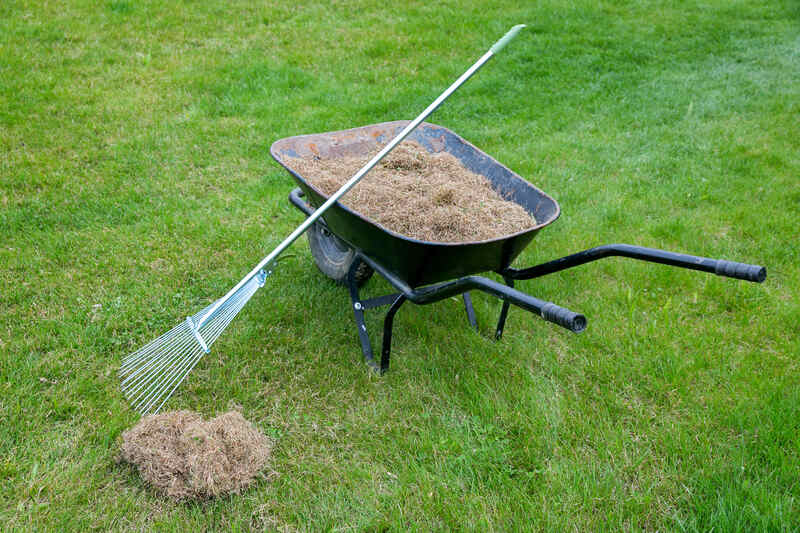
Michigan’s cold winters can leave behind desolate lawns. You might even notice snow mold in your lawn, along with other debris.
Snow mold can be gray and pink, and it lives under the snow cover during winter. As the snow melts, you will notice a matted look to the turf with a strange hue.
To get rid of snow mold, lightly rake the dead leaf tissue. This encourages soil warming. The warming temperature of spring encourages your grass to recover faster. A spring fertilizer application can also help with snow mold.
See Related:
— How to Prevent Snow Mold
— How to Get Rid of Snow Mold
2. Maintain Your Lawn Mower
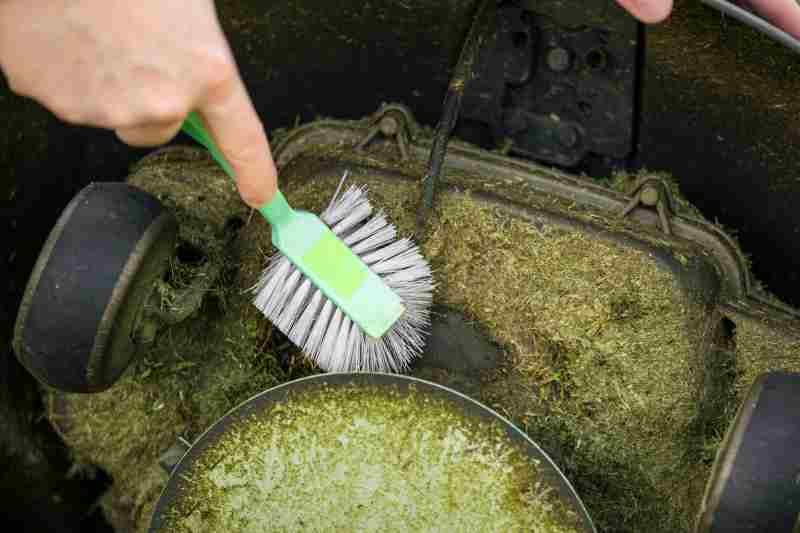
Sharpening your lawn mower’s blades in spring is important. Sharp blades will cut grass; dull blades will tear the grass. Tearing the blades can cause the grass to turn brown instead of green.
Your lawn mower also may need a tune-up. Lawn service companies can tune-up your mower easily, but you can also do this yourself.
See Related:
— How to Sharpen Lawn Mower Blades
— How Often Should You Sharpen Lawn Mower Blades?
— DIY Lawn Mower Maintenance Guide
— How Much Does Lawn Mower Repair Cost?
3. Reseed Bare Spots
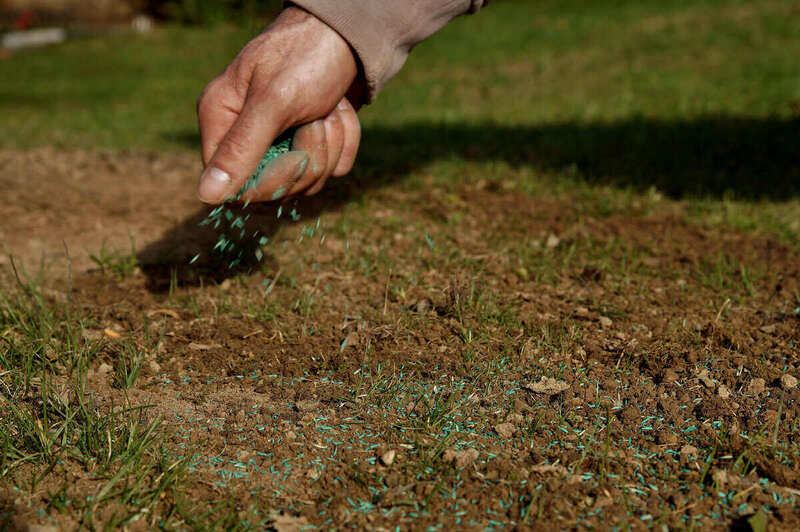
Areas or spots of your lawn may have died during the last fall or winter, or the loads of de-icing salt you used may have killed the grass. Regardless of the reason your grass has died in patches, spring is a good time to reseed dead areas in your lawn.
Wait until the soil temperatures are between 50 and 60 degrees (around Memorial Day).
Pro Tip: Before reseeding, check for grubs. Rising spring temperatures increase the activity of grubs that might live in your soil. If grubs are responsible for the death of your grass, apply a grub insecticide one to two weeks before reseeding your grass.
Reseeding Tips:
— Water as needed: Spring in Detroit typically brings a lot of rain, but if it doesn’t, you will need to water the grass seeds.
— Protect your new grass seeds: You might want to lay mulch over the area, such as straw, to ensure the area stays moist.
See Related:
— How to Overseed a Lawn in 8 Simple Steps
— Signs Your Lawn Has Grubs
— Lawn Grubs: How and When to Kill Them
4. Apply Fertilizer
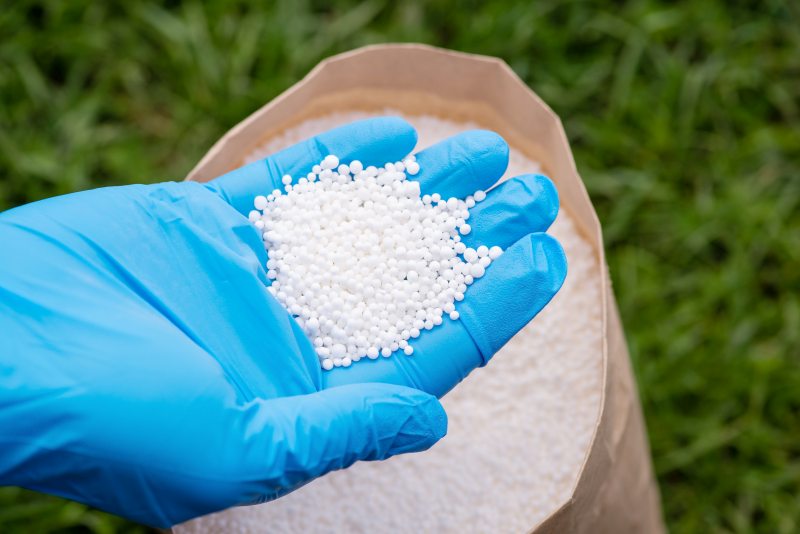
Spring is a smart time to apply fertilizer, especially if you are reseeding your lawn.
Remember to follow the directions on the package. All fertilizers must be contained to the area that is seeded. Keep a minimum of 15 feet from any surface area during application.
If you aren’t laying new grass seed, be patient and wait until May to fertilize your lawn.
Why wait? Once the snow disappears, the ground is still frozen, and frost still lays on the ground until April or May. Fertilizing a frozen lawn isn’t smart because it won’t help green up your grass. Instead, the pellets wash away on frozen turf after rain storms.
See Related:
— How to Fertilize Your Lawn
— Can You Over-Fertilize Your Lawn?
— Common Fertilizer Mistakes to Avoid
5. Apply Crabgrass Preventer
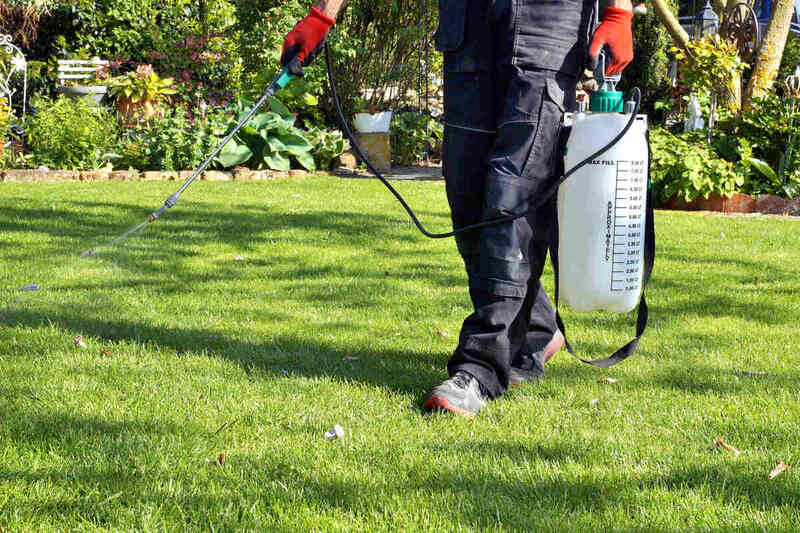
Spring is the ideal time to prevent crabgrass, one of the most persistent and frustrating weeds in Detroit lawns. Once it takes hold, it can quickly crowd out healthy grass and leave bare patches by summer.
Experts from the University of Michigan recommend applying a pre-emergent herbicide when soil temperatures consistently reach 50 to 55 degrees — usually in late March. Timing is crucial, so keep an eye on the forecast or use the GDDTracker.
See Related:
— Most Common Weeds in Michigan
— When and How to Apply Crabgrass Preventer
— Why Is Crabgrass Bad for the Lawn?
— How to Get Rid of Crabgrass in Your Yard
DIY or Hire a Pro to Get Your Lawn Spring-Ready
Spring makes you anticipate the upcoming summer when temperatures are high, and backyard barbeques are in your future. As you prepare to take care of your lawn this spring, remember the tips listed above to achieve a lush, green lawn.
Need help preparing your lawn for spring? Visit our Detroit lawn care page and hire one of LawnStarter’s local lawn care pros. In addition to Detroit, we provide lawn care services in other cities, including Grand Rapids and Lansing.
Main Image Credit: Pxhere